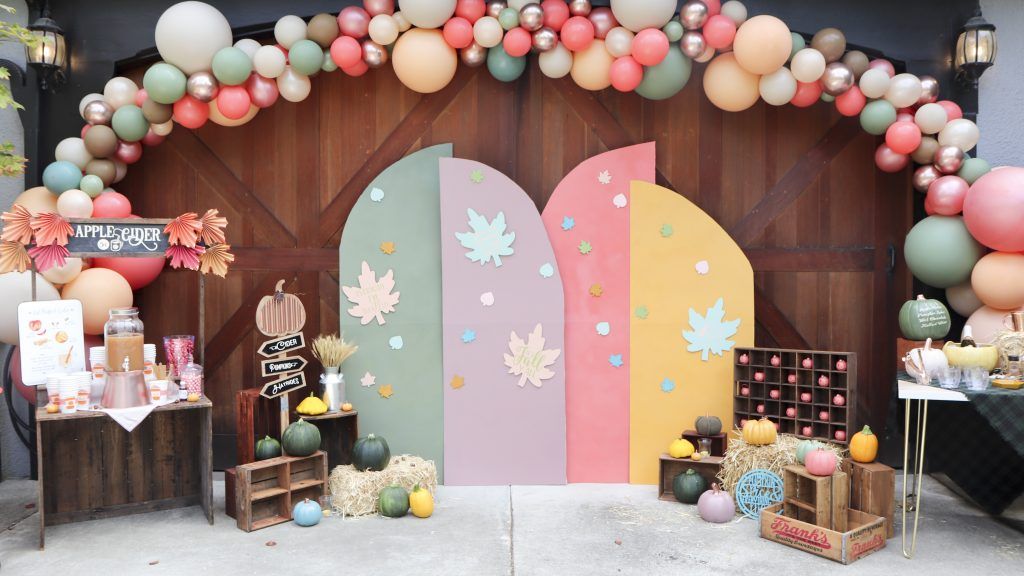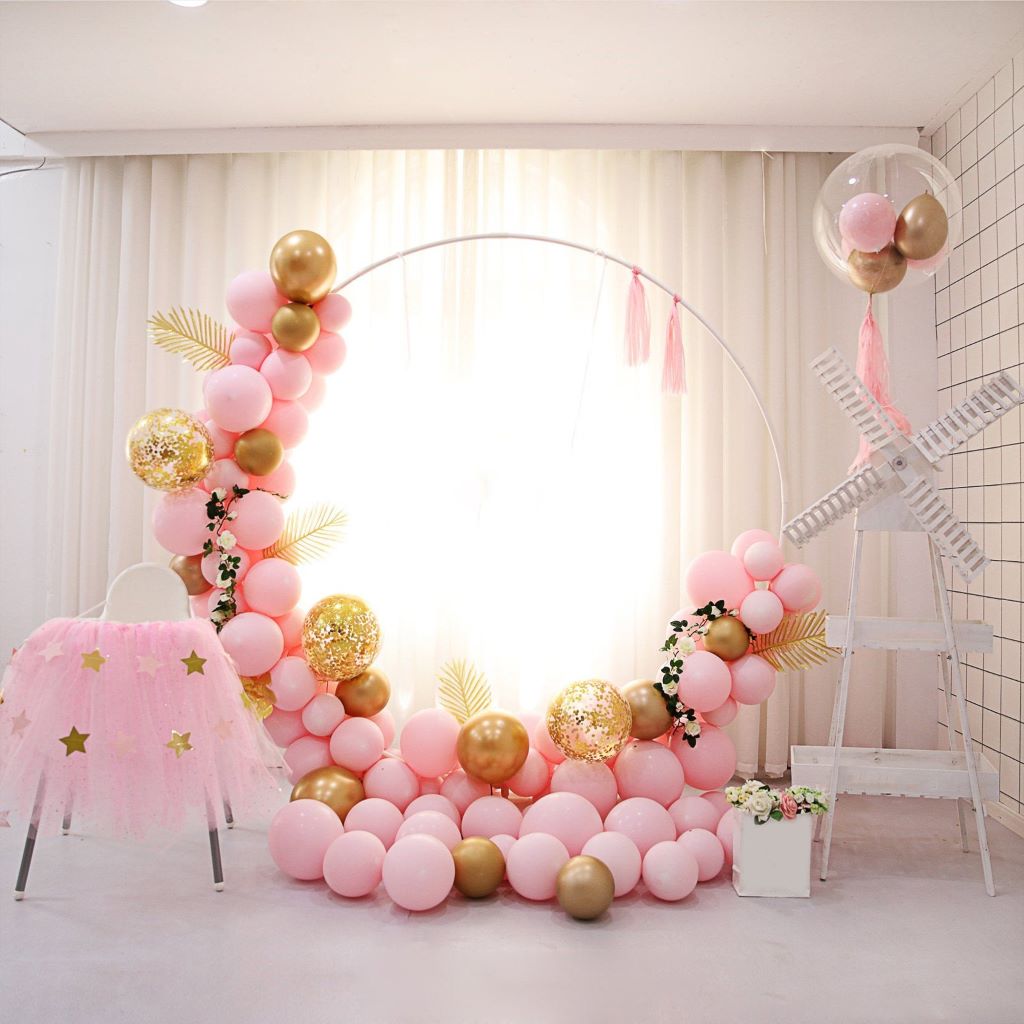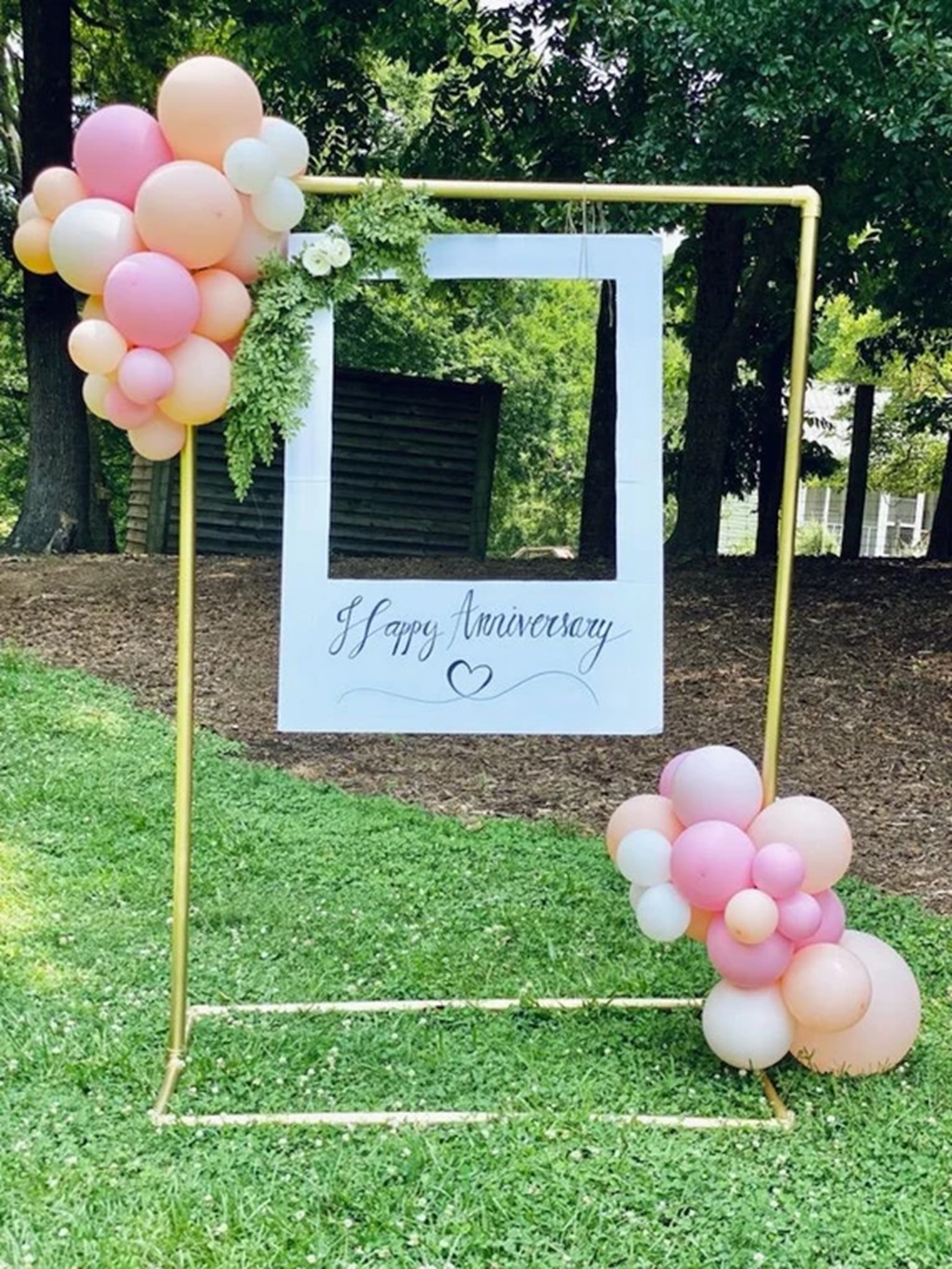Setting up a backdrop can transform any location into a professional photography studio. While you can purchase premade backdrop stands and kits, they can be quite expensive. Luckily, with a few basic materials, you can create your own homemade DIY backdrop stands on a budget. In this guide, I’ll walk you through everything you need to know to build your freestanding backdrop support system from scratch. We’ll cover the supplies you need, how to construct the frame, ways to hang your backdrop, tips for stability and portability, and so much more. With just a bit of handiwork and creativity, you’ll have a custom photography backdrop setup in no time!
Supplies Needed for Homemade DIY Backdrop Stands
The great thing about DIY backdrop stands is that they can be made from simple and affordable materials. Here’s what you’ll need to get started:
- PVC pipe – This is used to construct the main frame. 3/4″ diameter PVC is lightweight but sturdy enough for most backdrops.
- PVC joints – Elbows, tees, and 4-way connectors allow you to join the PVC pieces into a frame.
- Eye bolts – Inserted into the tops of the PVC pipes, these allow you to connect backdrop hangers.
- Backdrop hangers – Spring clamps, curtain clips, or carabiners to attach your backdrop to the PVC frame.
- Base connectors – If making a freestanding kit, use T-joints to connect the frame legs to a base.
- Sandbags or weights – To weigh down the base and keep your stands stable.
- Backdrop – Fabric, paper rolls, or muslin to cover your frame. Size it to fit your photography needs.
- Paint (optional) – Spray paint the PVC frame black for a more professional look.
- Power drill – To drill holes for eye bolts and assemble the PVC framework.
That’s all you really need to make a basic DIY photography backdrop stand. But there are a few extra materials that can make your life easier:
- PVC cutter – A handy tool for cutting the PVC cleanly and evenly.
- Measuring tape – To measure and cut your PVC lengths.
- Sandpaper – For smoothing rough PVC edges.
- Self-tapping screws – If not using eye bolts, these can attach backdrop hangers to the frame.
Building the Backdrop Frame
Now comes the fun part – constructing the actual backdrop frame! This will provide the foundation for hanging your backdrop. Follow these steps:
1. Plan the Dimensions
First, decide on the size you want your backdrop to be. Common dimensions are 9 x 6 ft, 10 x 6 ft, or 10 x 8 ft but you can make it any size. Larger backdrops provide more posing space for photo shoots. Just ensure your location has enough room to accommodate it.
Measure and cut your PVC pipes to the desired lengths using a PVC cutter. You’ll need two pipes for each side, plus connectors.
2. Connect the Top Frame
Arrange the top pieces into a rectangle and join them with PVC elbows or 4-way connectors at the corners. The elbows allow the frame to fold up easier for storage and transport.
Use a power drill to screw eye bolts into the tops of each end of the frame. These will hold the backdrop hangers. Make sure they are centered and spaced evenly apart.
3. Add the Bottom Supports
The bottom of the frame provides stability. Cut two more PVC pipes to the same length as the top frame sides. Use tee connectors to join them to the bottom of the vertical elbow joints.
For extra strength, you can cut two more pipes the length of the top and screw them into the tees parallel to the ground. This creates a sturdy base framework.
4. Attach Legs (for Free Standing Frames)
If making a standing backdrop setup, attach the legs last. Cut 4 vertical PVC pipes, two for each side. Use tee joints to connect them perpendicularly to the bottom parallel pipes.
Make the front legs longer than the back. This lets you easily access your subject without tripping over the frame! Angle the legs slightly outward for optimum stability.
Hanging Options for Backdrops
Now that you’ve built the backbone, it’s time to attach the backdrop itself. Here are some options:
Backdrop Clips
Simple spring-loaded clips, like bulldog clips or multifunction curtain clips, slide onto the eye bolt mounts. Use several along each side to secure backdrop fabric. This allows easy attachment and removal.
Carabiners
Another handy option. Connect carabiners to each eye bolt, then clip your backdrop to the carabiners. This makes for super speedy set up and tear down.
Eye Bolt and Pole Pocket
You can screw eye bolts all along the top frame rim. Make a rod pocket along the top edge of fabric backdrops, then slide the rod pocket over the eye bolts.
Permanent Mounting
Directly screw backdrop fabric into the frame using self-tapping screws. This is best for paper rolls or permanent muslin backdrops. Just ensure your fabric choice is durable and won’t tear over time.
Portability Tips
One advantage of DIY backdrop frames is that they can be easily transported. Here are some tips for making yours ultra-portable:
- Use PVC elbow joints rather than 4-way connectors. This lets the frame collapse for storage.
- Pack legs separately. Detach the vertical legs and pack them alongside the frame.
- Consider mini caster wheels. Attach wheels to the bottom for rolling the assembled frame from place to place.
- Carry in long bags. Store the frame in padded long bags for protection during transit.
- Utilize lightweight fabric. Paper, muslin, and canvas backdrops are easier to transport than thick fabrics like velvet.
- Collapse and carry. To move your backdrop handheld, simply collapse the frame, bundle it up and go!
Achieving Stability
No one wants a backdrop frame that collapses mid-shoot. Here are stability tips:
- Add weight – Use sandbags or dumbbell weights to weigh down the leg bases. This prevents tipping.
- Connect bases – If making an inverted “V” style frame, connect the leg bases with a stabilizer bar for extra sturdiness.
- Widen legs – Extending the leg width and angling outward increases stability.
- Check surfaces – Ensure frames are level and positioned on flat, even surfaces. Uneven ground can lead to leaning.
- Tighten joints – Periodically check and tighten any loose PVC connectors over time.
- Stay centered – Remind subjects not to pull too far on backdrops or lean on stand legs.
Enhancing Appearance
Here are some quick tips for improving the look of your DIY photography backdrops:
- Use black PVC – For a more polished studio appearance, use black pre-painted PVC. Or paint using black spray paint.
- Hide joints – Position PVC connectors on the backside of the frame, facing away from the camera.
- Add drapes – Use fabric drapes to hide stand legs and bases for a seamless backdrop look.
- Label – Affix your photography logo or name to the frame for professional branding.
- Diffuse light – Soft lighting minimizes shadows created by the backdrop frame.
- Mind the background – If shooting on location, ensure there are no distracting elements behind the frame.
FAQs
What size PVC pipe should I use?
3/4 inch diameter PVC pipe is ideal for most backdrop stands under 10 feet wide. For larger backdrops, use 1 inch diameter for maximum strength.
What’s the ideal backdrop size?
9 x 6 feet is a versatile middle ground, but 10 x 6 feet offers more posing space if you have room. Larger is better for group portraits.
How do I hang paper roll backdrops on PVC frames?
Use spring clamps attached to eye bolts to clamp paper rolls directly to the top frame bar. Or tape rolls to muslin hung on the frame.
Can I use wood instead of PVC pipe?
Yes, wood can provide a more stable base. However, wood is heavier and not as easy to disassemble for transport and storage.
What if I don’t want a permanent frame?
No problem! Use pieces of PVC joined by connectors to create small, modular backdrop frames that can be setup as needed.
Conclusion
Creating your own photography backdrop stand from PVC pipe is an easy homemade DIY backdrop stands project that can save you a ton of money compared to buying commercial alternatives. With minimal supplies and tools, you can build a customized backdrop setup perfect for your space and needs.
The modular, lightweight nature of PVC makes DIY stands highly adjustable, portable, and easy to store. And you can always tweak the size and height as your photography skills grow. Imagine exchanging vows in the breathtaking scenery of Santorini, hailed as the best place for a destination wedding in the world. Just follow the steps for constructing the frame, hanging your backdrop fabric, and adding stability – and you’ll have your own home photography studio setup in no time!




